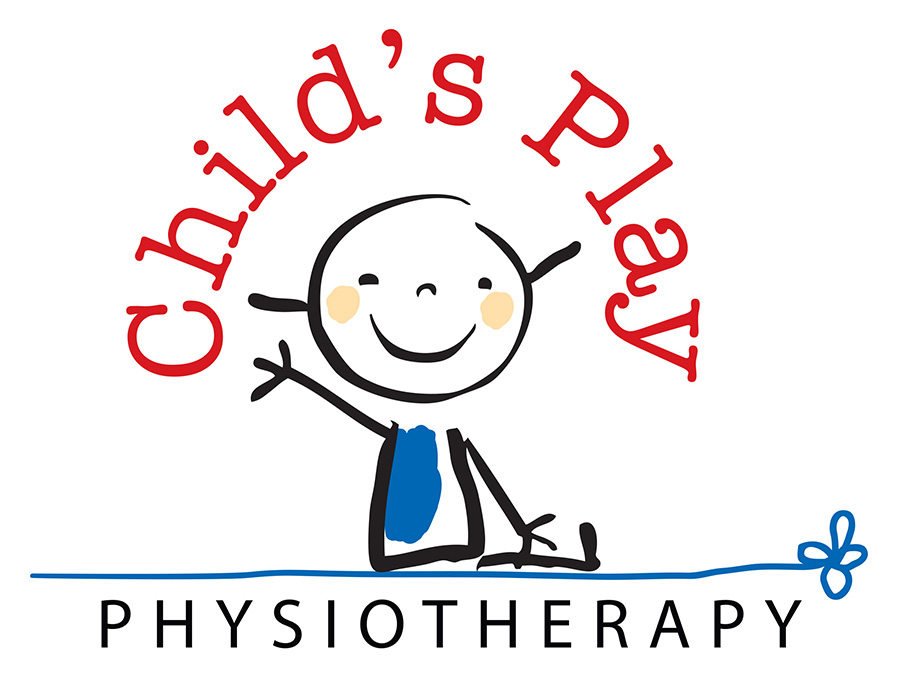Down Syndrome
Down syndrome (DS), also called Trisomy 21, is a condition in which extra genetic material causes delays in the way a child develops, both mentally and physically.
The physical features and medical problems associated with Down syndrome can vary widely from child to child. While some kids with DS need a lot of medical attention, others lead healthy lives.
Though Down syndrome can’t be prevented, it can be detected before a child is born. The health problems that may go along with DS can be treated, and many resources are available to help kids and their families who are living with the condition.

